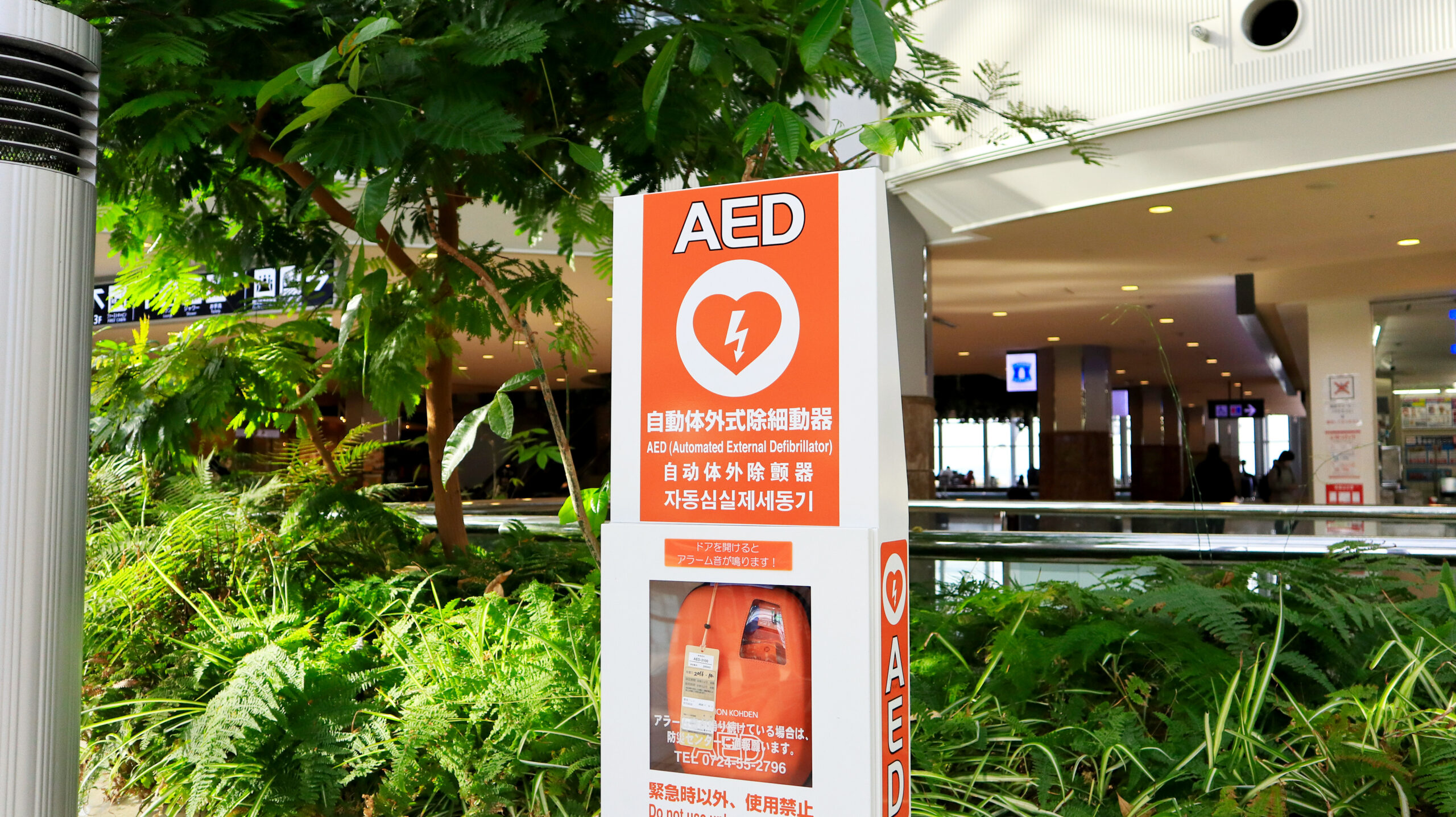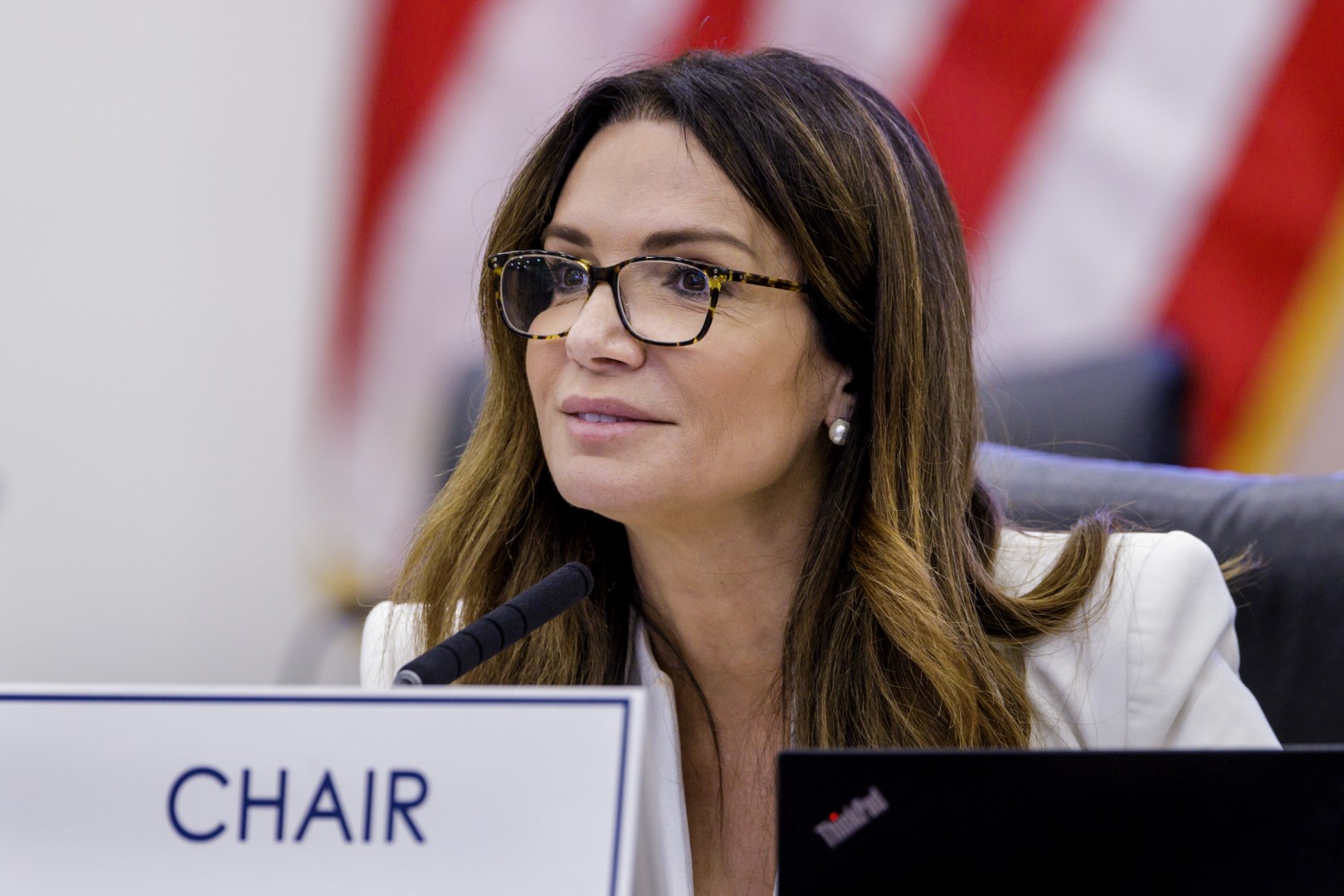A bill seeking to enhance preparedness for cardiac emergencies in public schools to help save the lives of Florida students is now ready for the House floor.
Hialeah Republican Rep. Alex Rizo and Clermont Republican Rep. Taylor Yarkosky presented the measure (HB 1607) to the House Education Administration Subcommittee at its final committee stop. The panel unanimously approved it.
Before presenting the bill, Yarkosky detailed some of the statistics on cardiac arrests in schools and the shockingly low survival rate if an automated external defibrillator (AED) is not reached within minutes of a cardiac event.
“Before I tell you what we’re doing in this bill, I want to give you all some statistics to think about,” Yarkosky said. “Sudden cardiac arrest is the No. 1 killer on school campuses. Roughly four of our school age youth die every day from sudden cardiac arrest, that’s about 1,500 students every year. The current survival rate when this happens is 9%; it could be as high as 90% if an AED is deployed within three minutes of the event happening.”
Yarkosky went on to note that the statistics show there is a growing number of Florida’s schoolchildren who are at risk of having a heart attack.
“Sudden cardiac arrest is the leading cause of death for student athletes, but it’s also the overall leading cause of death on school campuses, as I said,” Yarkosky explained.
“And what’s an even bigger concern and ticking time bomb if you will, is that approximately 1 in every 300 students, which is well over 15,000 kids in our state right now, have an undiagnosed heart condition. So, we know that there is great probability that something could happen with those students that are dealing with that.”
In explaining the bill, Yarkosky said AEDs would need to be available in all Florida schools.
“No. 1, we are going to require that all public schools, including charter schools, must have at least one operational AED on school grounds. It must be clearly marked and easily accessible, Yarkosky added.
“And I will say that we already require this in the Florida High School Athletic Association. But that will not make you compliant with this, if you have one, say in a gymnasium or in a … weight room. It has to be in a common area of the school.”
The bill would further mandate CPR or AED training, as well as create a new plan called the Plan for Urgent Lifesaving Emergencies (PULSE) plan. The State Board of Education would also be given the authority to adopt rules and implement the requirements.
“Folks, this is a commonsense bill,” Yarkosky said.
“If I told you that four kids every day are dying in fires in our schools, I think we would have the state shut down, we would be in Special Session and would be figuring out how we equip our schools with sprinklers, fire extinguishers. That’s why no one has died in a school since probably around the ’60s in Florida. But yet, we have four students everyday dying and we don’t even require an AED in the schools. For hundreds of dollars each, we’re not talking a massive amount of money there.”
In closing, Rizo said he was working on similar legislation three years ago and noted that if the legislation becomes law, Florida will be the first state in the U.S. to implement such a policy.
“In speaking to the American Heart Association, we started talking about a three-minute window to really save lives,” Rizo said. “Three minutes from the time of a cardiac arrest, the onset of one, that’s the magic window. Interestingly, there is no state, at least to my knowledge, that has a plan. We would be the first. So, this is an amazing bill.”
Rizo further pointed out that the cost to install AEDs in every school would be miniscule.
“We came up with basically our own study,” Rizo said. “We can put at least one AED in every single school in Florida for less than the price of one school lunch per child. It’s under a dollar. Is that worth saving a child’s life? Is that cost? I think it’s immeasurable.”
Post Views: 0

 Entertainment8 years ago
Entertainment8 years ago
 Politics8 years ago
Politics8 years ago
 Entertainment8 years ago
Entertainment8 years ago
 Entertainment8 years ago
Entertainment8 years ago
 Tech8 years ago
Tech8 years ago
 Tech8 years ago
Tech8 years ago
 Tech8 years ago
Tech8 years ago
 Politics8 years ago
Politics8 years ago










